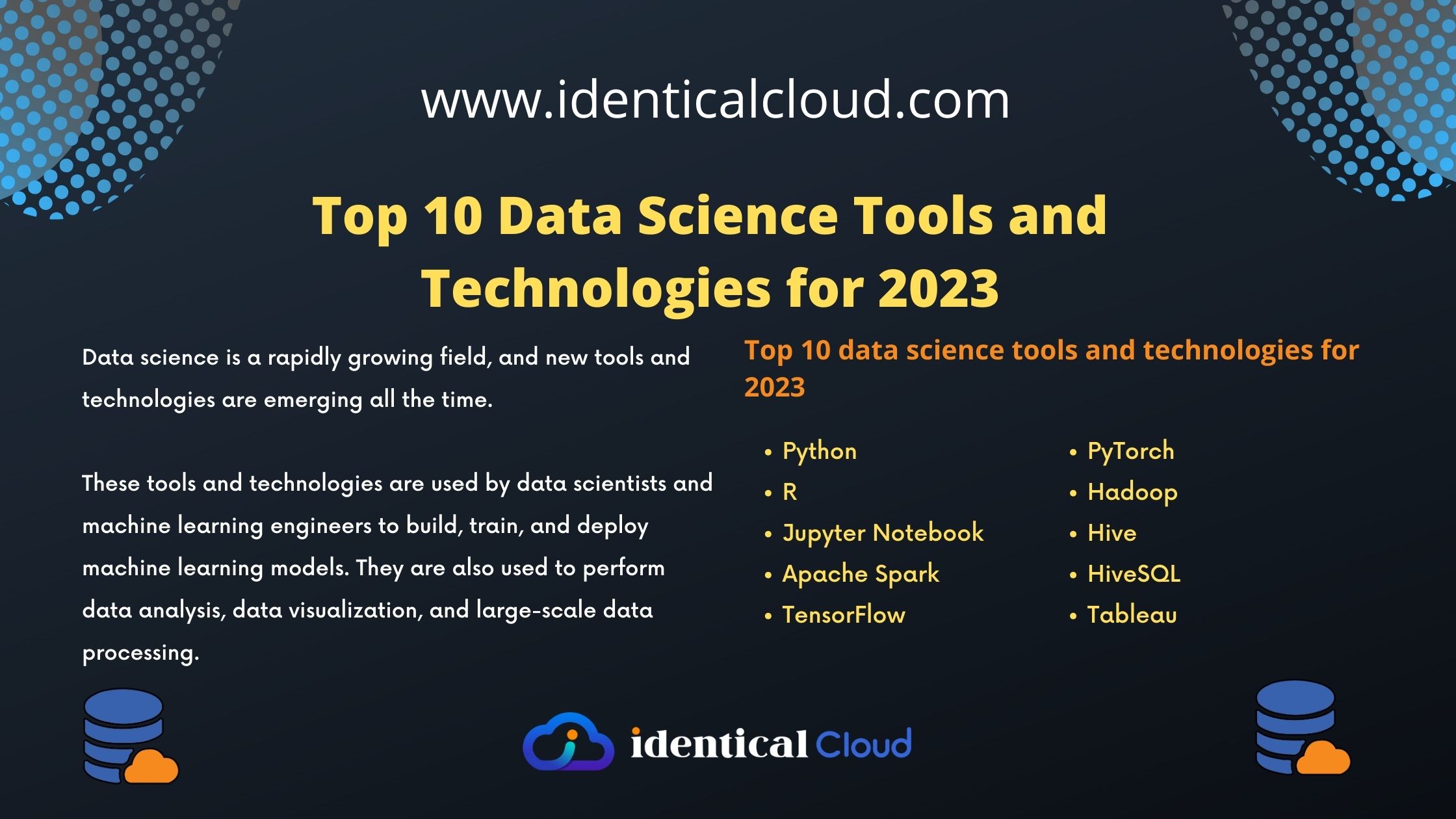
5 Different Types of Artificial Intelligence
5 Different Types of Artificial Intelligence
Artificial intelligence (AI) is a branch of computer science that deals with the creation of intelligent agents, which are systems that can reason, learn, and act autonomously. AI research has been highly successful in developing effective techniques for solving a wide range of problems, from game playing to medical diagnosis.
Who is the father of AI?
John McCarthy is widely considered to be the father of AI. He coined the term “artificial intelligence” in 1955 and organized the Dartmouth Summer Research Project on Artificial Intelligence in 1956, which is considered to be the founding event of AI research.
McCarthy was a brilliant mathematician and computer scientist, and he made many important contributions to the field of AI. He developed the Lisp programming language, which is still widely used in AI research today. He also developed the idea of “self-reproducing automata,” which are machines that can create copies of themselves.
McCarthy’s work has had a profound impact on the field of AI. He is responsible for coining the term “artificial intelligence,” which has helped to shape the way we think about this field. He also organized the Dartmouth Summer Research Project on Artificial Intelligence, which is considered to be the founding event of AI research. McCarthy’s work has laid the foundation for many of the advances that have been made in AI in the years since.
He is one of the founder of artificial intelligence, together with Alan Turing, Marvin Minsky, Allen Newell, and Herbert A. Simon.
There are many different types of AI, each with its own strengths and weaknesses. Here are five of the most common types of AI:
- Machine learning AI
Machine learning is a type of AI that allows computers to learn without being explicitly programmed. Machine learning algorithms are trained on large datasets of data, and they can then use this data to make predictions or decisions. Machine learning is used in a wide variety of applications, including spam filtering, fraud detection, and image recognition.
- Natural language processing AI
Natural language processing (NLP) is a type of AI that deals with the interaction between computers and human language. NLP algorithms are used to understand and process human language, and they can be used for a variety of tasks, such as text translation, speech recognition, and question answering.
- Computer vision AI
Computer vision is a type of AI that deals with the analysis of digital images and videos. Computer vision algorithms are used to extract information from images, such as objects, faces, and text. Computer vision is used in a wide variety of applications, such as self-driving cars, facial recognition, and image search.
- Robotics AI
Robotics is a field of engineering that deals with the design, construction, and operation of robots. Robots are machines that can perform tasks automatically, and they are often used in manufacturing, healthcare, and other industries. AI is used in robotics to control robots, to help them navigate their environment, and to make decisions.
- Expert systems AI
Expert systems are AI systems that are designed to solve specific problems. Expert systems are typically rule-based systems, and they use knowledge from human experts to make decisions. Expert systems are used in a variety of applications, such as medical diagnosis, financial planning, and customer service.
These are just a few of the many different types of AI. As AI research continues to advance, we can expect to see even more sophisticated and powerful AI systems being developed in the future.
How are these different types of AI used in the real world?
Here are some examples of how different types of AI are used in the real world:
- Machine learning is used in spam filtering to identify and block spam emails.
- Natural language processing is used in Google Translate to translate text from one language to another.
- Computer vision is used in self-driving cars to help them navigate the road and avoid obstacles.
- Robotics is used in manufacturing to automate tasks such as welding and assembly.
- Expert systems are used in medical diagnosis to help doctors make decisions about patient care.
These are just a few examples of how AI is being used in the real world. As AI research continues to advance, we can expect to see even more widespread use of AI in the years to come.










